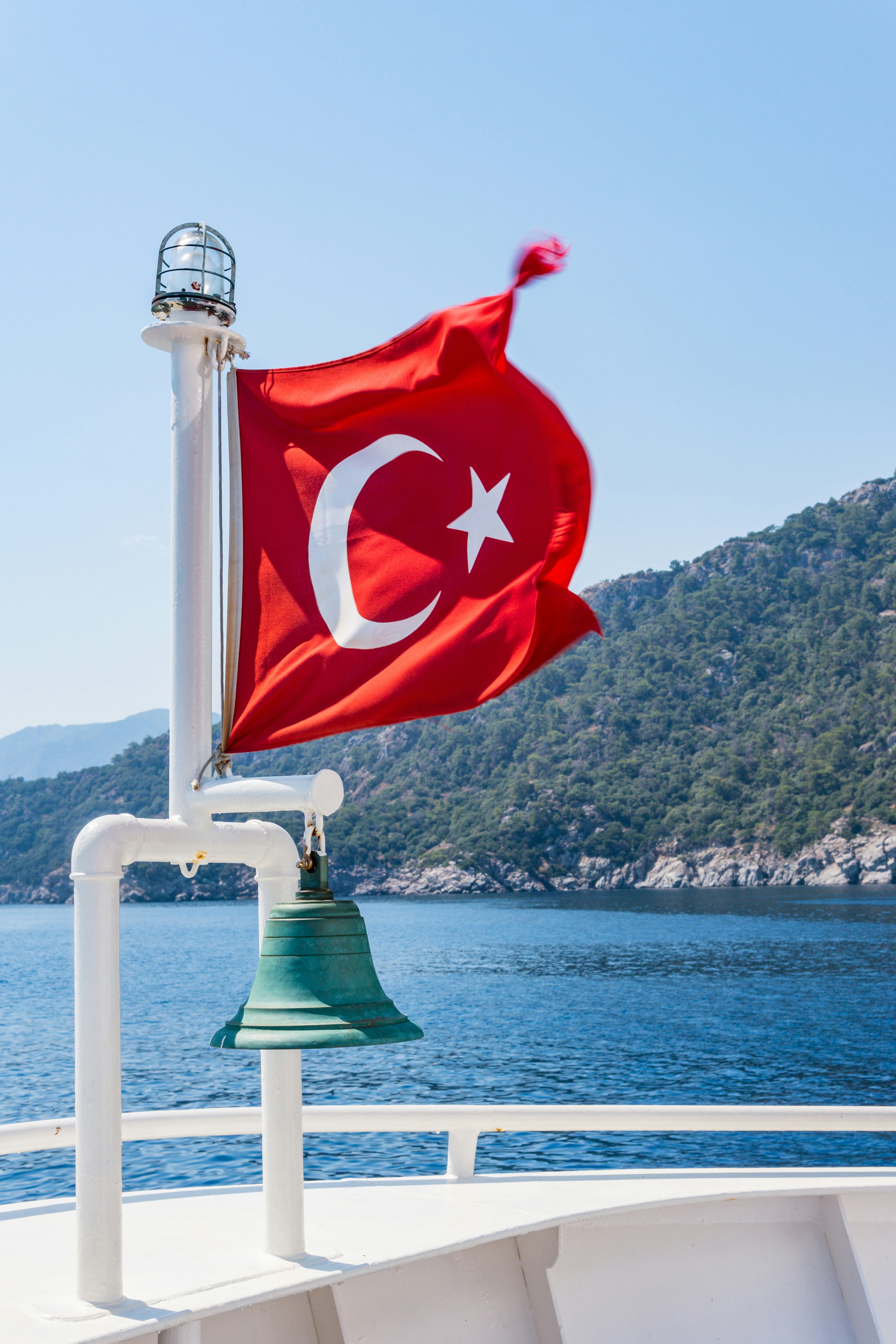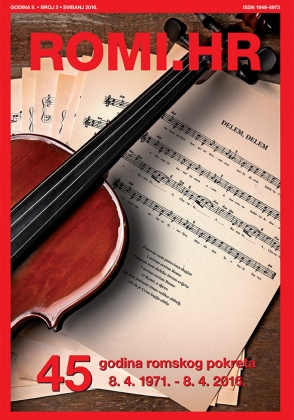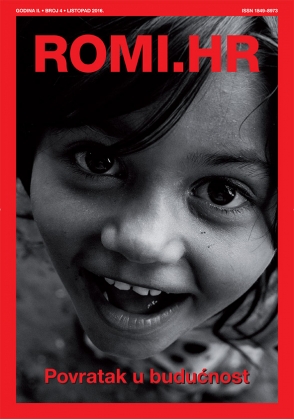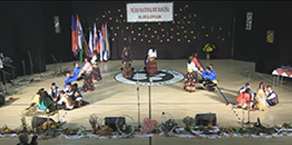Focus ROMI.HR
/Although there are a number of claims about the Roma migration, no concrete historical fact can be found. According to the English researcher Donald Kenrick, the first migration took place between 7th-10th centuries, and the Indian immigrants, consisting of Indian tribes, mixed with the local population in Iran, and the Dom people appeared. Also, according to the researcher, the Roma people are descended from the Doms.
Although there are a number of claims about the Roma migration, no concrete historical fact can be found. According to the English researcher Donald Kenrick, the first migration took place between 7th-10th centuries, and the Indian immigrants, consisting of Indian tribes, mixed with the local population in Iran, and the Dom people appeared. Also, according to the researcher, the Roma people are descended from the Doms. Also name of Roma is thought to come from the Sanskrit word "Domba", which is the name of the lowest caste in India.
Hristo Kyuchukov also made a claim, stating that Indian musicians and blacksmiths called Dom were descended from Rajput warriors. The Rajputs ("Sons of Kings") are an ancient warrior group that lived in present-day Rajasthan and participated in numerous wars of conquest in Asia.
Thus, the first branch is directed towards the southwest and covers the Doms located in the Middle East, including Syria, Egypt and Turkey. The Doms are a branch of Rome in the Middle East, and according to the records of Armenian historians, they came to the southeast of the Turkish lands (Diyarbakir, Antakya, Mardin) at the beginning of the 11th century. According to Patkanov, the Doms are more or less related to the Karachis in Tabriz region of Iran and the Suzmanis in northwestern Iran, as well as Karachi and Mitrip in southeastern Turkey.
There has been very little research conducted on the Doms, a Roma group living in Turkey. The Dom identity is considered complex and multidimensional. Due to their close relationship with the Kurds and living in the same areas, many Doms refer to themselves as "Kurdish nomads" and use the Kurdish language. According to Elena Marushiakova and Vesselin Popova, although Doms display Kurdish identity in society, this does not contradict their Dom identity.
Adrian Marsh noted that despite their closeness to the Kurds, the Doms were subjected to severe discrimination and attacks by them. The reason for this is that both Kurds and Doms occupy a position in the field of seasonal agriculture. The marginalization and exclusion attitude of the Kurds towards the Doms has led to the further impoverishment of the Doms. Among the Dom groups, deprived of education due to discrimination and poverty, there are cases of child labor, early marriage of girls, receiving dowry and drug use. Men live by music, hunting, circumcision, and while women and children live by begging. When discussing Dom music, it should be mentioned their use of the instruments like drum, zurna, and kamancha.
When discussing the history of the Doms, it is also essential to talk about their traditions. Among Dom women who adhere to their traditions, it is common to have tattoos on their hands and faces, symbolizing family and tribe. Among men, a traditional punishment for disrespecting customs is the cutting of the nose. Suat Kolukırık notes that the religious affiliations of the Doms are mainly characterized by Islamic Sufism and local Sheikhs. For the Doms, the Sheikh's word is considered law, and religious leaders have great influence over the Doms.
Organizational attempts are also found among Doms. In 2007, "Domlar ve Romanlar Kultur Dayanışma Folklor Youth ve Spor Kulübü Kültür Derneği" (“Doms and Roma Culture Solidarity Folklore Youth and Sports Club Cultural Association”) started operating in Diyarbakır.
Matras states that the Dom language is known as Domari and is generally considered an endangered, dying language. The Doms also speak Kurmanji, Zaza, and Turkish, using Domari mainly within their group. Other groups in Turkey refer to them as "Karaçi," "Aşık," or "Mıtrıp." The Doms strongly reject being called "Chingene" under any circumstances. A significant issue challenging Dom identity is their categorization as "Chingene," similar to other Roma groups. Currently, the Doms predominantly live in areas such as Diyarbakır, Mardin, Urfa, Gaziantep, Hatay, and Mersin.
 Back to Focus
Back to Focus













